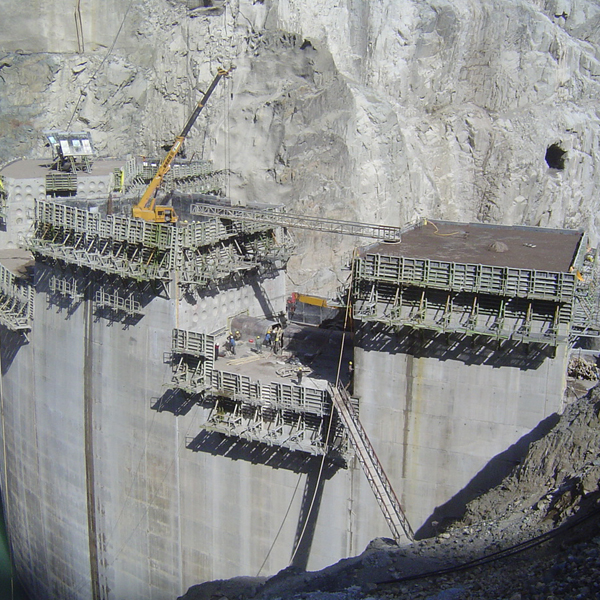Water and energy, as two vital and fundamental resources in the national development of any country, play a very important role in improving the quality of life and general well-being of the people. In Iran, given its geographical location, diverse climate, and rich natural resources, proper and sustainable management of these two resources can act as a driver for economic and social growth. In this article, we will examine the role of water and energy in the advancement of Iran’s national development and its impact on the general welfare of the people.
1. The importance of water in national development
Water, as a vital resource, plays a key role in various economic, social, and environmental sectors. In Iran, due to the arid and semi-arid climate, water resources management is of particular importance.
Drinking water supply and sanitation
Providing safe and hygienic drinking water is one of the basic needs of every society. Access to clean and hygienic water not only helps improve public health, but also leads to a reduction in diseases and medical costs. In Iran, given the challenges in water supply, improving water supply and water purification infrastructure is of great importance.
1.2. Agriculture and food security
Agriculture is a key sector of Iran’s economy that is heavily dependent on water resources. Given that a large portion of the country’s population lives in rural areas and their livelihoods depend on agriculture, providing sufficient water for irrigating farms and gardens is of particular importance. Improving water resource management and its optimal use can help increase agricultural production and the country’s food security.
2. The importance of energy in national development
Energy, as one of the main factors of economic development, plays a significant role in the growth and progress of countries. In Iran, given its rich oil and gas resources, the country can leverage the benefits of energy as a source of income and development.
2.1. Energy supply for industries
Various industries need energy to achieve greater production and productivity. Providing sustainable and affordable energy to industries can help increase GDP and create jobs. In Iran, given the high oil and gas capacities, these resources can be used to supply energy to industries.
2.2. Development of renewable energies
Given environmental challenges and the need to reduce dependence on fossil fuels, the development of renewable energies such as solar and wind energy is of particular importance in Iran. These types of energies can help reduce air pollution and preserve the environment, as well as provide sustainable energy for the country’s future.
3. The impact of water and energy on public well-being
Sustainable water and energy development directly and indirectly affects the general well-being of the people. These impacts include improved living conditions, increased income, reduced poverty, and improved access to public services.
3.1. Improving living conditions
Access to clean water and sustainable energy can help improve people’s living conditions. By providing drinking water and sanitation, people’s quality of life increases, and by providing energy, amenities and public services improve. This, in turn, can lead to reduced social discontent and increased social stability.
3.2. Increasing income and reducing poverty
Developing water and energy resources helps increase household income and reduce poverty. By creating job opportunities in water and energy-related sectors, people’s income increases, which can lead to an improvement in their economic and social conditions. Also, with increased income, people will be able to access health, educational, and cultural services, which will help improve their quality of life.
4. Challenges and obstacles
Despite the importance of water and energy in national development and public welfare, these two sectors also face numerous challenges and obstacles. These challenges include lack of financial resources, infrastructure problems, climate change, and lack of management.

